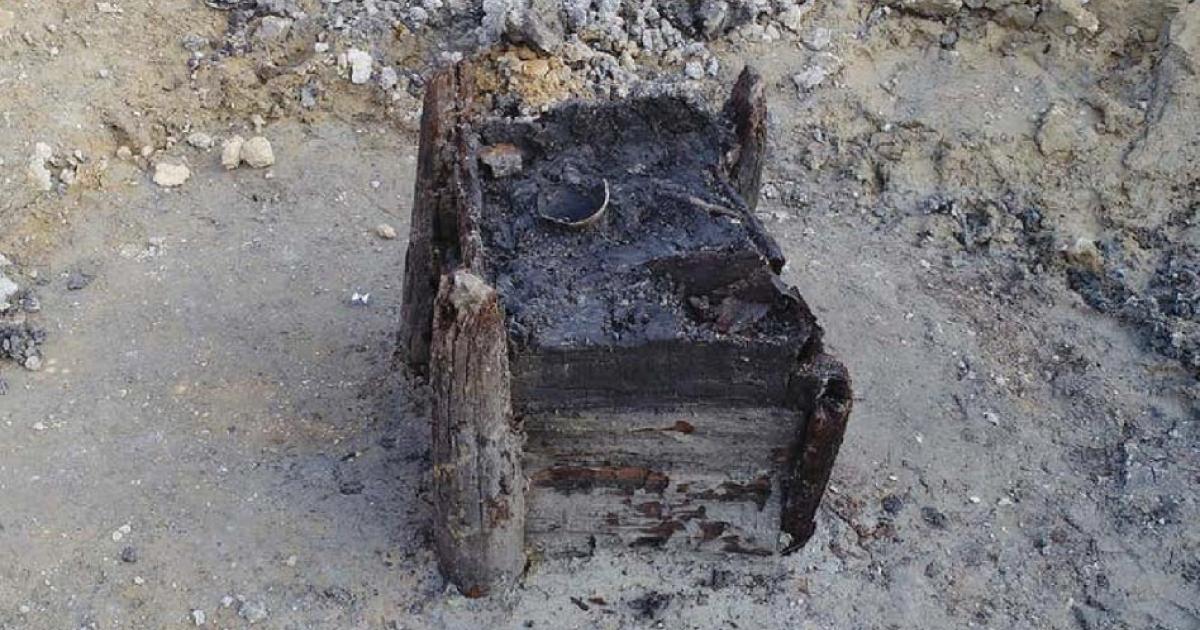The discovery of a Neolithic well in the Czech Republic has revealed the oldest known wooden structure in the world, dating back to around 5256 BC. This remarkable find offers significant insights into the technological advancements of prehistoric human societies. Using dendrochronology, a method that analyzes tree rings to determine the age of wood, researchers have been able to accurately date the well and examine its construction techniques, which were well ahead of their time.
Preservation and Construction
One of the most fascinating aspects of this well is its exceptional state of preservation. The structure, submerged in water for most of its existence, has been shielded from the elements, allowing it to remain intact for thousands of years. The well features grooved corner posts and fitted planks, standing at 140 cm in height, with a square base measuring 80 x 80 cm. These dimensions reveal a clear understanding of geometry and engineering in the Neolithic period, suggesting that the people who constructed it had developed advanced woodworking skills.

The dating of the well suggests it was built sometime between the winter of 5259 BC and early winter of 5258 BC, using felled trees. The precision of this construction indicates that Neolithic communities had already mastered the use of natural materials in practical ways, laying the foundation for future developments in architecture and engineering.
Cultural and Practical Significance
The Neolithic well likely served as a crucial resource for early human settlements, providing a reliable means of gathering water. Its construction from wood underscores the importance of natural materials in daily life and survival during this period. Additionally, wooden structures like this well may have held symbolic or ritualistic significance, as many Neolithic societies invested considerable time and effort into crafting tools and structures that served both practical and cultural purposes.

Located in the Bohemian region, this well provides a unique window into the daily life of Neolithic societies, showcasing how humans adapted to their environments. The craftsmanship involved in the well’s construction speaks to the ability of prehistoric people to create functional, durable, and culturally meaningful artifacts from the materials available to them.
Broader Insights into Early Human Engineering
The discovery of the world’s oldest wooden structure offers valuable insights into the social and technological developments of early human societies. It reveals that Neolithic communities were capable of advanced construction methods, with an understanding of both the practical needs of their communities and the symbolism that permeated their culture. The Neolithic well serves as a testament to human ingenuity and the ability to adapt to and shape the environment, highlighting the importance of water sources in the development of early civilizations.

This find also deepens our understanding of prehistoric human interactions with the natural world. The fact that the well was built with such precision and care indicates that these early societies valued sustainability and the resources around them, developing methods to preserve and protect these vital elements for future generations.
Conclusion
The Neolithic well in the Czech Republic not only stands as the oldest known wooden structure in the world but also represents the innovative spirit of early human societies. Through its careful construction and preservation, it offers a glimpse into the daily lives, survival strategies, and cultural practices of Neolithic communities. This discovery continues to shed light on the evolution of human engineering and our enduring connection to the natural world.

